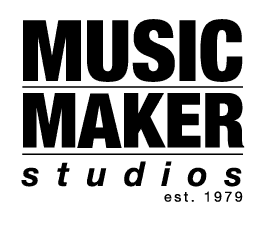Should you teach yourself or take lessons with a music teacher?
Youtube is full of videos of people teaching beginners how to play just about any musical instrument, from guitar to drums to oboe (I checked – they’re there). Ten years ago, these didn’t exist because there wasn’t a website like YouTube that would host bandwidth hungry videos for free, but now anyone with an Iphone can make a short video on how to play any instrument and post it for everyone to watch.
Obviously, there are pros and cons to this, and we all certainly benefit from having free access to other people’s skills and knowledge. Just recently I watched a video on adjusting the micro-tilt adjustment on the back of my Fender Stratocaster, and that saved me from having to take it into the repair shop and have it set-up by a professional. On the other hand, if I had watched the wrong video, it could have gone very badly for me and my guitar. There are no filters on Youtube for competence, or depth of knowledge on a subject, so the information you get may or may not be good. In theory, the voting system is supposed to separate high quality videos from low quality ones, but can we really trust people watching a beginner tutorial video to know whether they’re getting valid information?
The pro of teaching yourself to play a musical instrument by watching videos on Youtube is that the videos are free. That’s it, the list ends there.
The cons are:
1) The information may not be correct. They may be teaching you bad technique, or they may telling you to try something that is too difficult for you to do.
2) There may not be a structure to the lessons you’re getting. In other words, when you buy a DVD on how to play the guitar, there is a definite plan for teaching you how to play. Watching videos from different people on YouTube won’t give you that same structure.
3) Videos won’t give you feedback about what you’re doing right and what you’re doing wrong, and won’t encourage you if you’re feeling discouraged.
Now obviously, there are plenty of online video courses out there that do provide the structure you can get from private lessons, and it might be possible to make a lot of progress this way. But, at some point, you do need to get out of the house and play with other people because it’s much different trying to play a song along with the recording or a video than it is with a band or another player.
Private lessons do cost more than online lessons or video tutorials, but you get much more out of them because of the feedback from the instructor, and the lesson can be tailored to your needs as a student. Plus, you get to play music with another person, and that’s much more enjoyable than playing with a backing track. It’s also less frustrating because the teacher can compensate for mistakes you might make by slowing down if you’re having difficulty. When you play along with a video, if you make a mistake and stop, the video is going to keep playing, and you’ll just have to do your best to figure out where you need to be.
I’ve watched students try to play along with the recordings in lessons, and even when I slow them down to 70% tempo, they still struggle to catch up when they miss a note. When I play along with them at the exact same tempo and they miss a note, I slow down just a little or pause to let them catch up, and they’re able to complete the song. I can’t imagine how frustrating it would be for them if they were only playing with the recording, or what they would think of their abilities if they didn’t have someone to tell them they are progressing at a normal rate.
So what is answer for people who can’t afford to pay for private lessons every week? Easy – come in once a month for an hour lesson.
Now, if you go this route, you should be aware that it is still up to you to make sure you practice every day, and that you don’t let yourself develop bad habits with your technique. Coming in each week to see your teacher will reduce the chances of that happening. But, coming in once a month can also be beneficial for people trying to teach themselves with videos online. Your teacher can steer you towards songs that are appropriate for your skill level. He or she can tell you if you’re playing chords properly, or things you can change about how you’re holding the instrument to make it easier to play. A good teacher can give you a month of scales, exercises, and /or songs to work on, and each time you come back, can tell you how you’re doing with the material you’ve been working on.
So if you’ve ever tried to teach yourself how to play the guitar with video lessons and gave up because you didn’t think you could do it, you should try taking some private lessons for a month. If you feel like you’ve made a huge amount of progress after a month of lessons but can’t afford to continue coming in once a week, ask your teacher about coming in once a month for an hour, or every other week for a half hour. As long as you practice every day for 30-45 minutes, you should be able to make steady progress.


Leave A Comment
You must be logged in to post a comment.